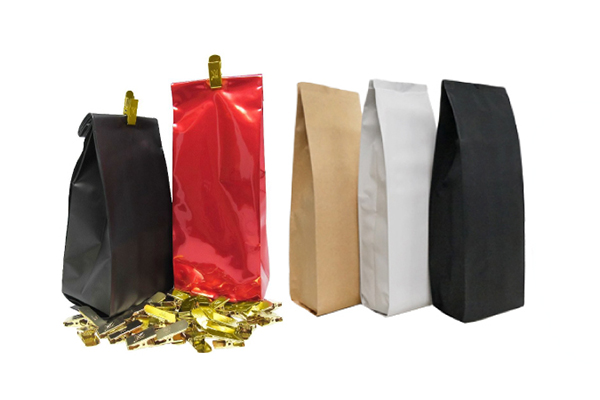Demystifying Eco-Friendly Food Packaging: A Sustainable Approach to Food Consumption
In today’s environmentally conscious world, the concept of eco-friendly food packaging has gained significant traction. As consumers become increasingly aware of the environmental impact of their choices, they are seeking alternatives to traditional packaging materials that often contribute to waste and pollution. Eco-friendly food packaging offers a sustainable solution, promoting both environmental responsibility and food preservation.

Defining Eco-Friendly Food Packaging
Eco-friendly food packaging encompasses a range of materials and practices that prioritize sustainability and minimize environmental impact. These packaging solutions are designed to be:
-
Biodegradable: Biodegradable packaging breaks down naturally over time, reducing the burden on landfills and contributing to a circular economy.
-
Compostable: Compostable packaging can be transformed into nutrient-rich organic matter, enriching soil and supporting plant growth.
-
Recyclable: Recyclable packaging can be processed into new materials, reducing the need for virgin resources and minimizing waste.
-
Reusable: Reusable packaging can be used multiple times, eliminating the need for single-use disposables.
Materials for Eco-Friendly Food Packaging
A variety of materials can be used to create eco-friendly food packaging, each with its unique properties and advantages:
-
Plant-based materials: Plant-based materials, such as corn starch, sugarcane, and bamboo, offer a renewable and biodegradable alternative to traditional packaging materials.
-
Recycled materials: Recycled materials, such as paper, plastic, and metal, reduce the need for virgin resources and conserve natural resources.
-
Post-consumer recycled materials: Post-consumer recycled materials are derived from used products, giving these materials a second life and reducing waste.
Benefits of Eco-Friendly Food Packaging
Adopting eco-friendly food packaging offers a multitude of benefits:
-
Environmental Protection: Eco-friendly packaging reduces landfill waste, minimizes pollution, and conserves natural resources.
-
Sustainable Practices: Eco-friendly packaging promotes sustainability by utilizing renewable materials and reducing the environmental footprint of food production and consumption.
-
Consumer Awareness: Eco-friendly packaging choices demonstrate a commitment to environmental responsibility, appealing to eco-conscious consumers.
-
Brand Image: Eco-friendly packaging can enhance a brand’s image, aligning it with sustainable values and attracting environmentally conscious customers.
Challenges and Considerations
While eco-friendly food packaging offers promising solutions, there are some challenges to consider:
-
Cost: Eco-friendly packaging may have a higher initial cost compared to traditional packaging.
-
Availability: Eco-friendly packaging options may not be readily available for all types of food products and applications.
-
Performance: Eco-friendly packaging materials may require careful selection and design to ensure adequate protection and preservation of food products.
Conclusion
Eco-friendly food packaging represents a significant step towards a more sustainable future. By embracing eco-friendly packaging solutions, businesses and consumers can collectively reduce their environmental impact, conserve natural resources, and promote a circular economy. As technology and innovation advance, eco-friendly packaging options will continue to evolve, offering more sustainable and effective solutions for food preservation and consumption.
Post time: 11-07-2023

